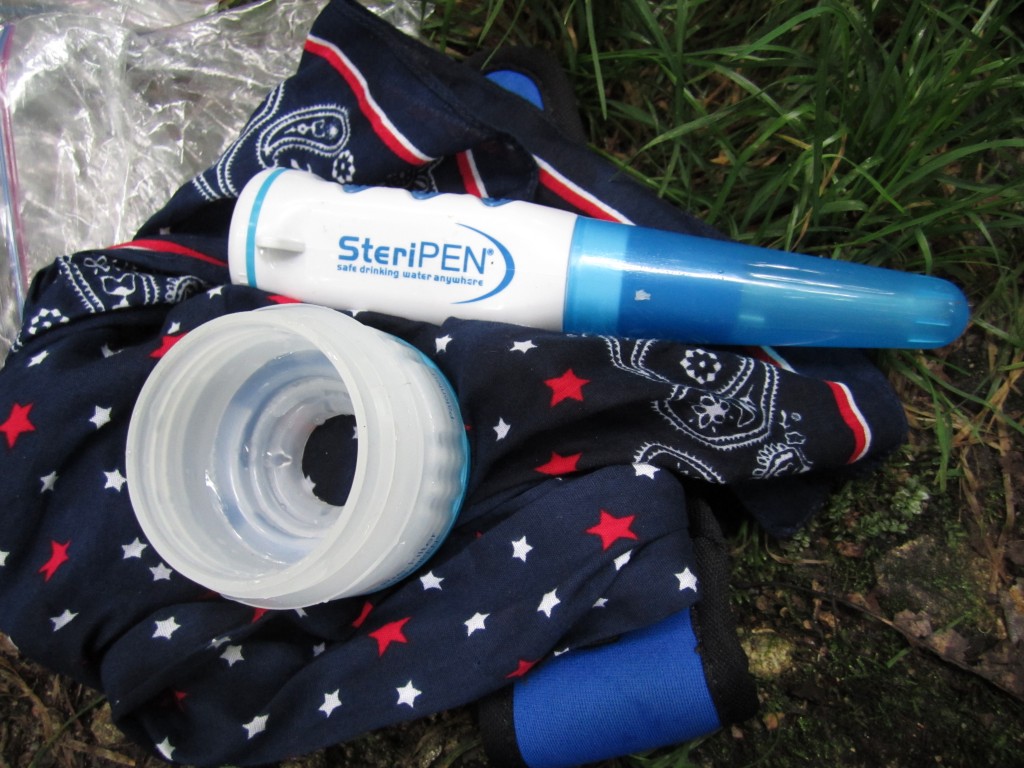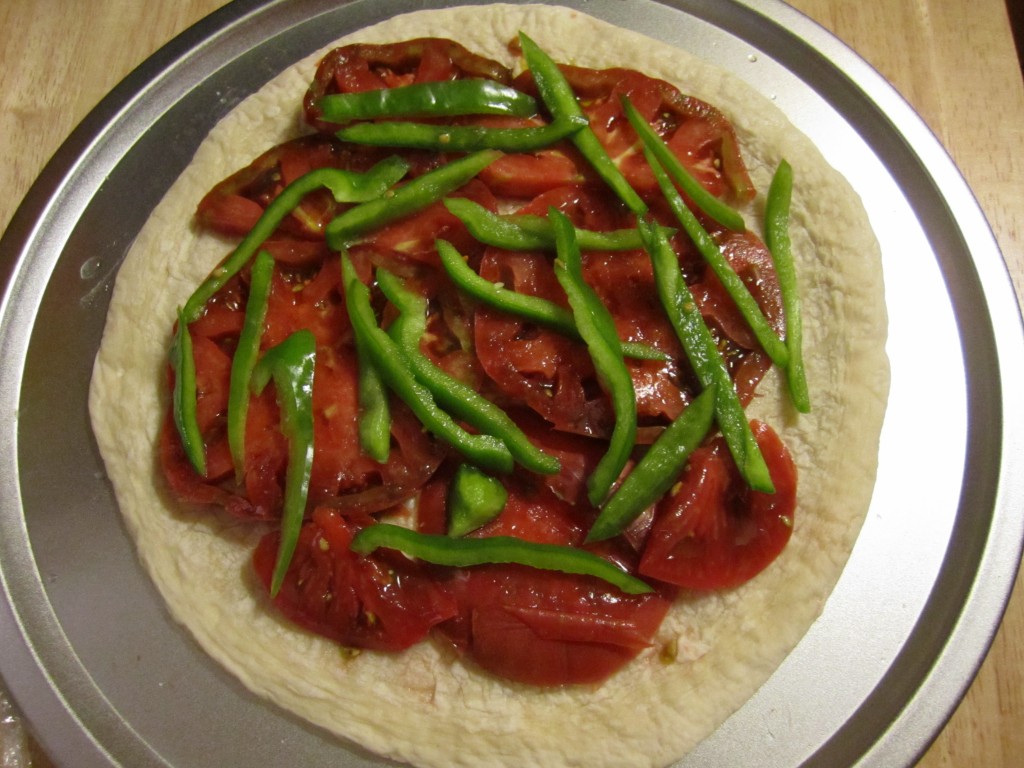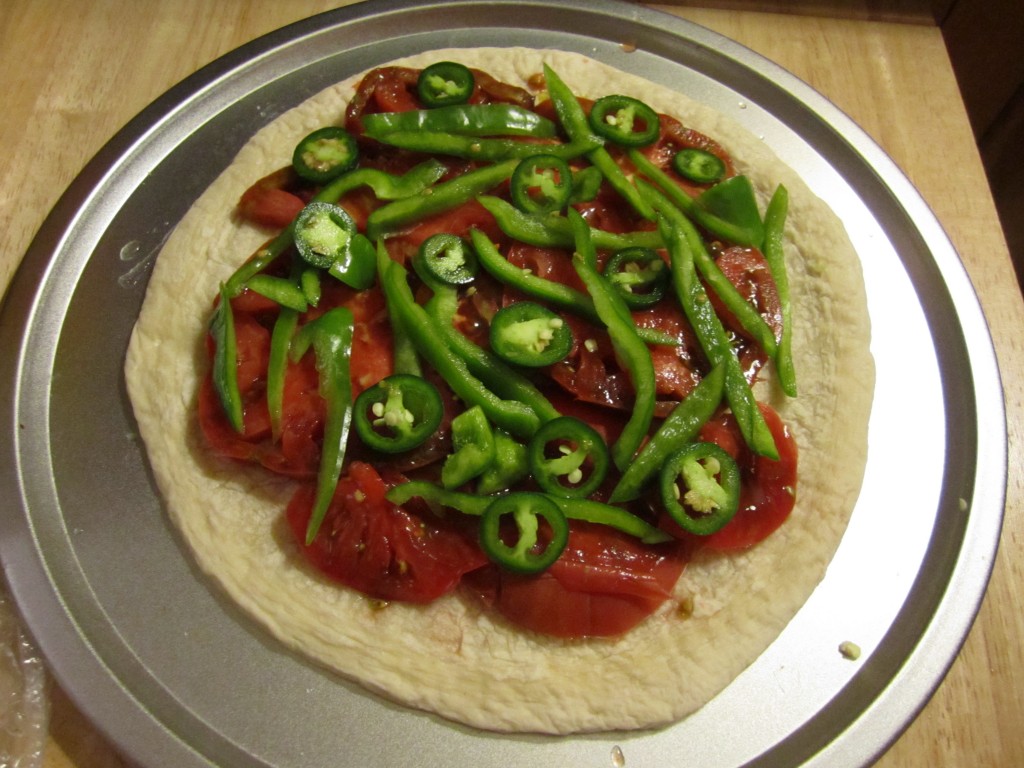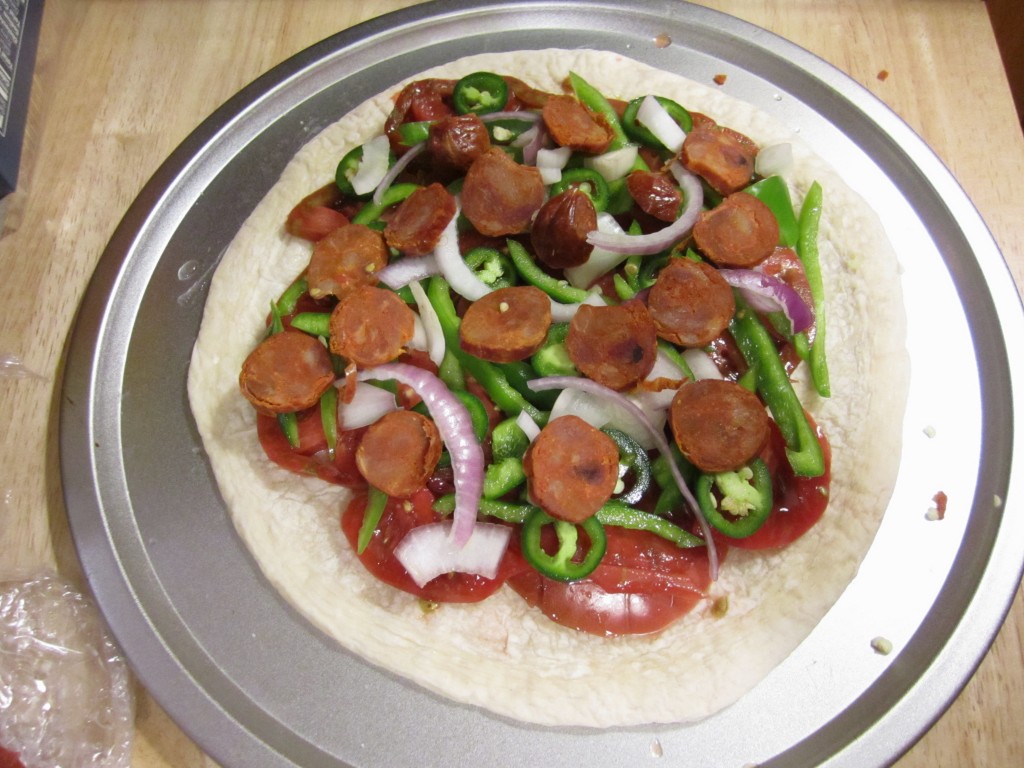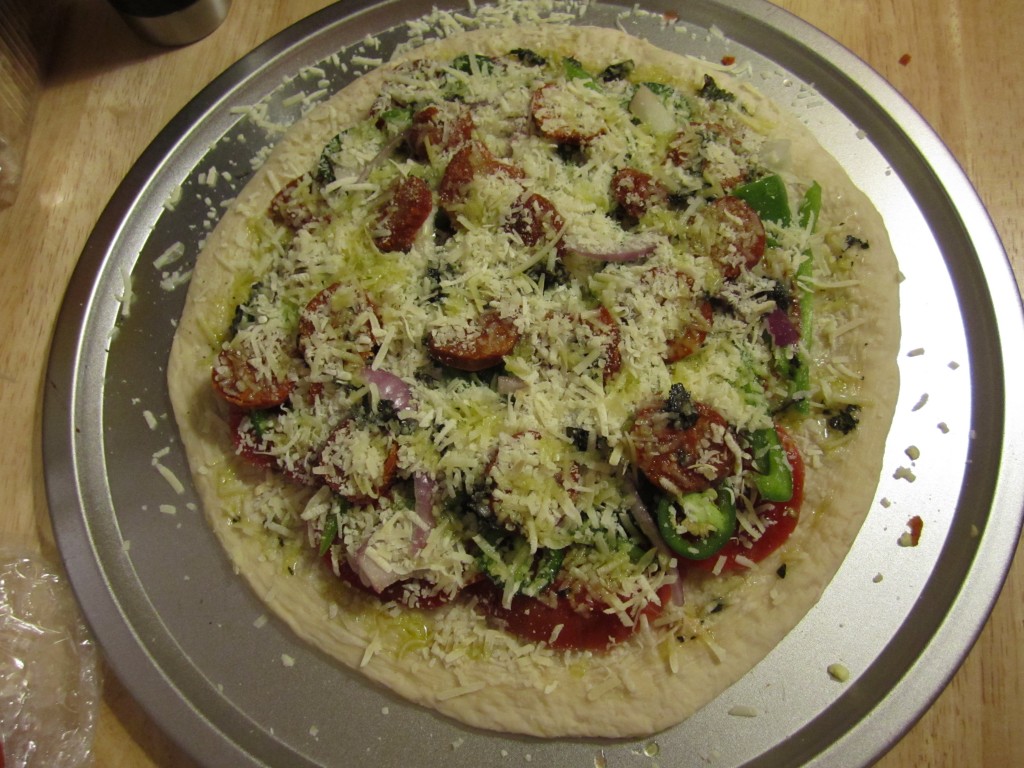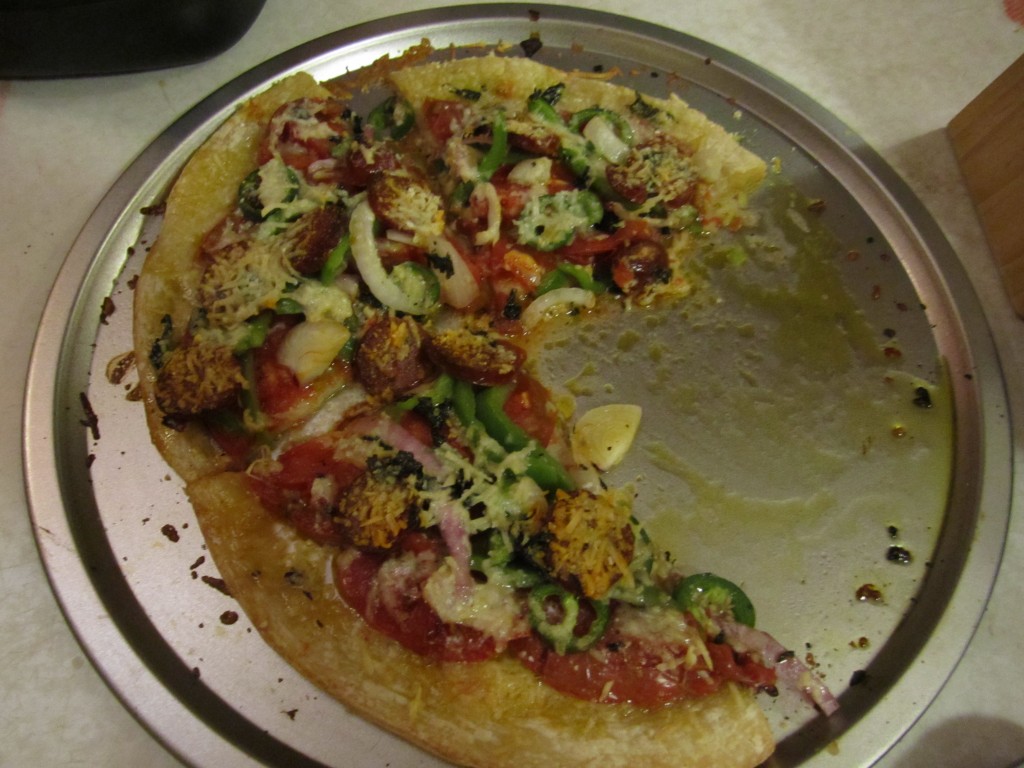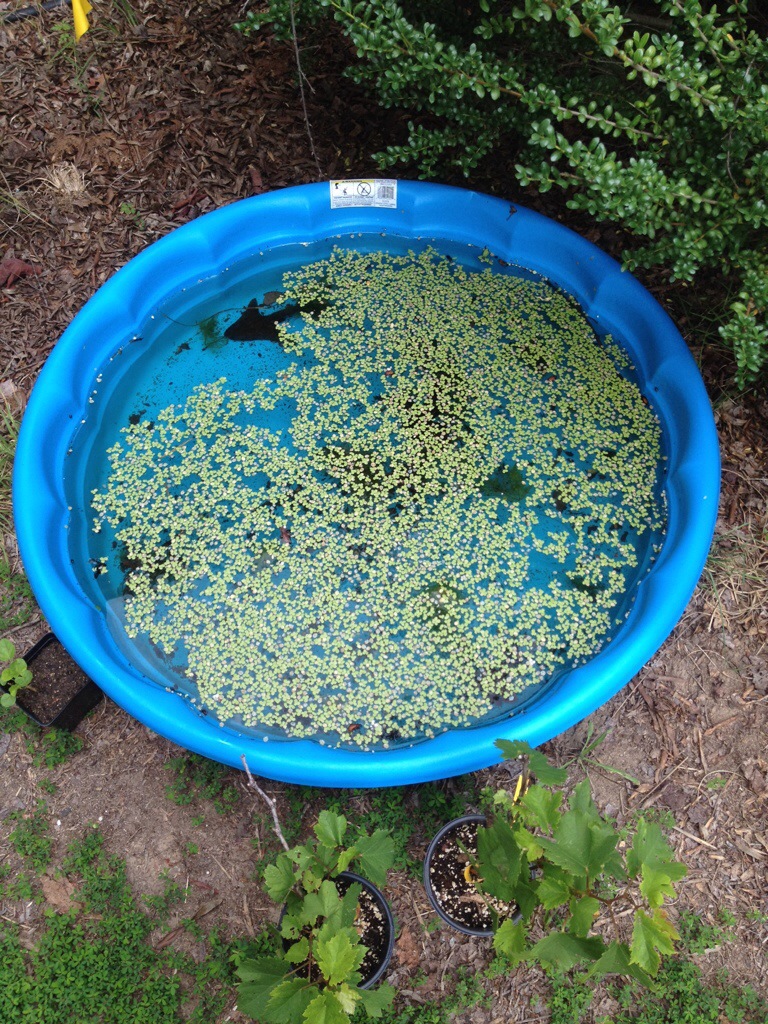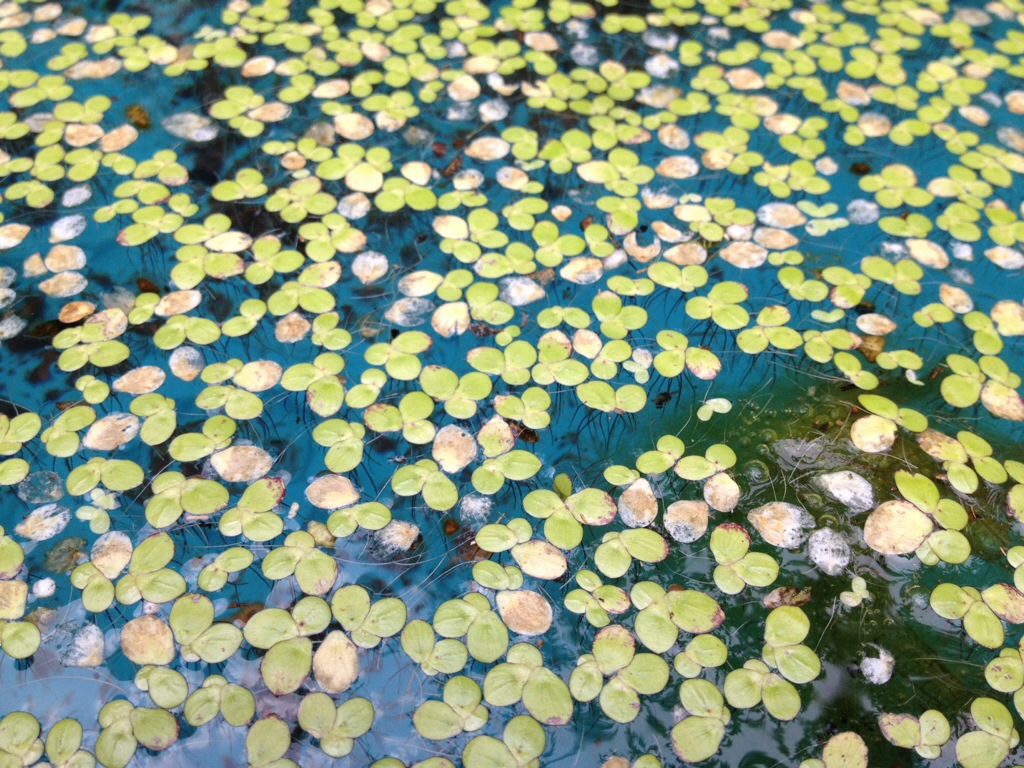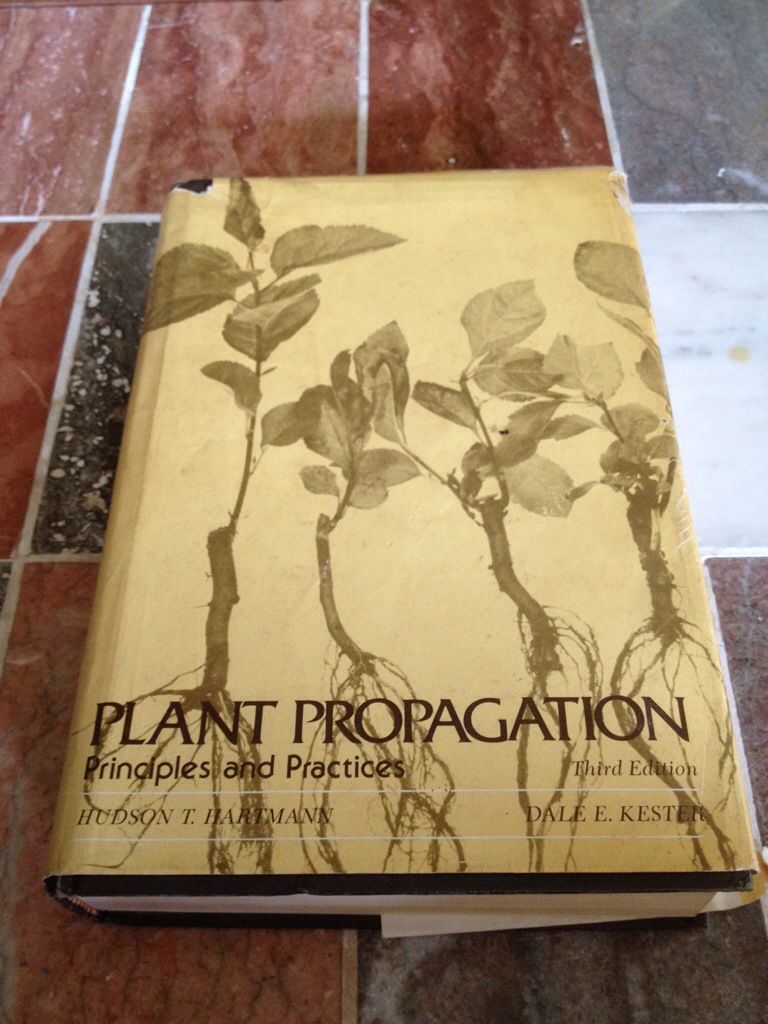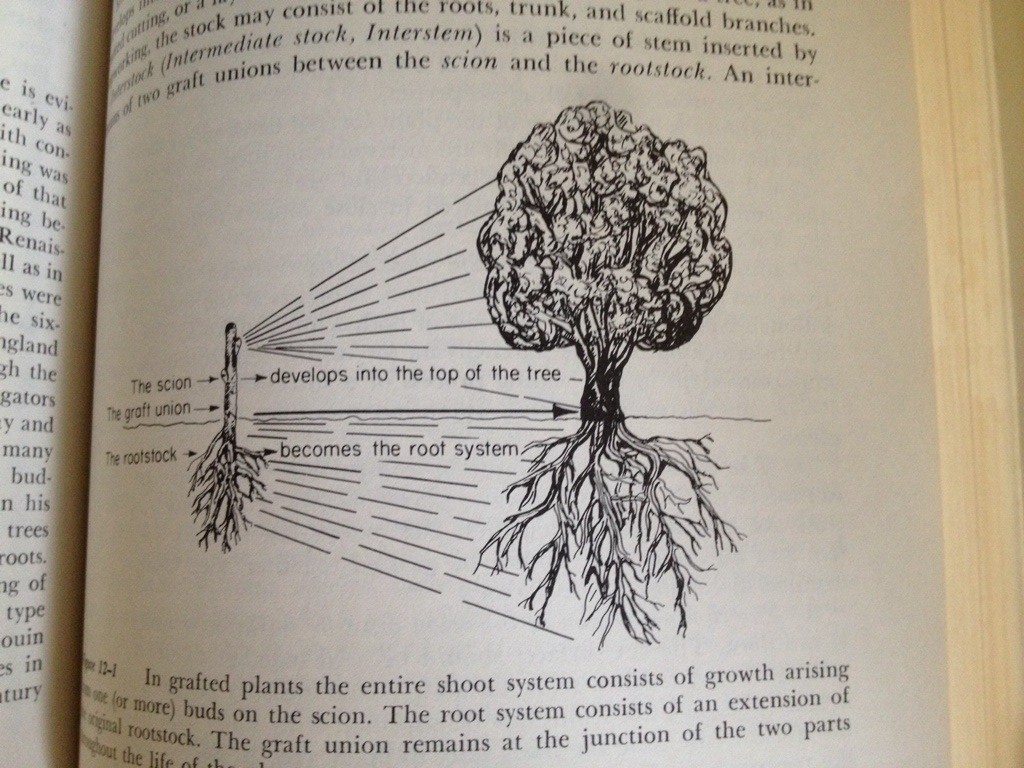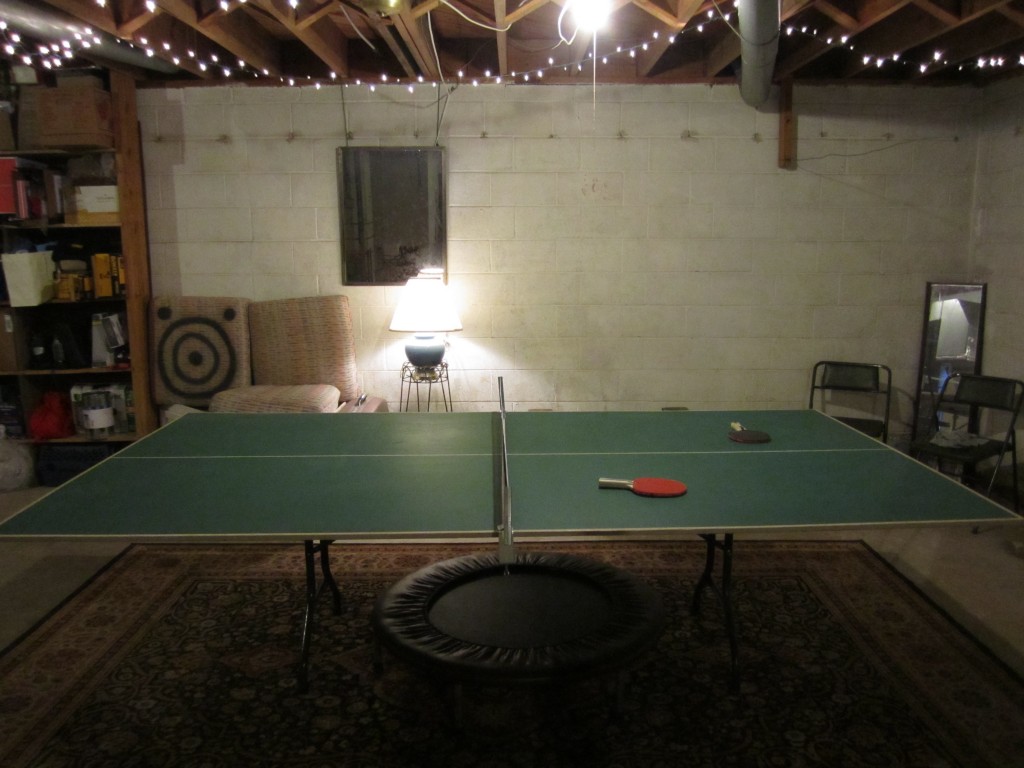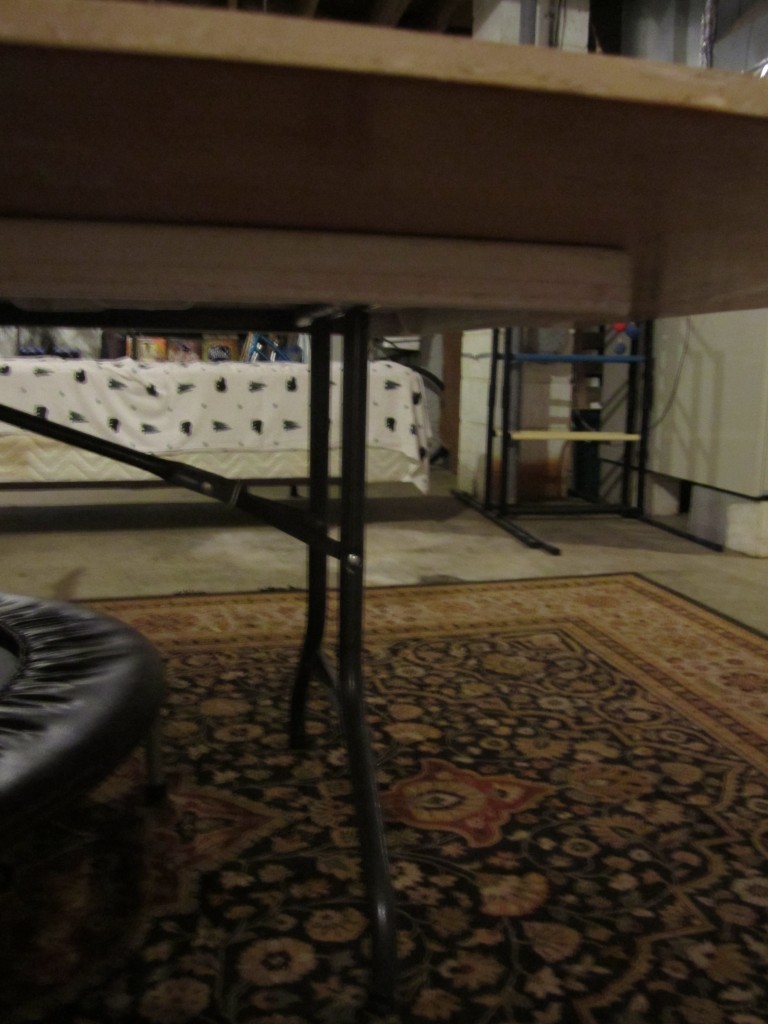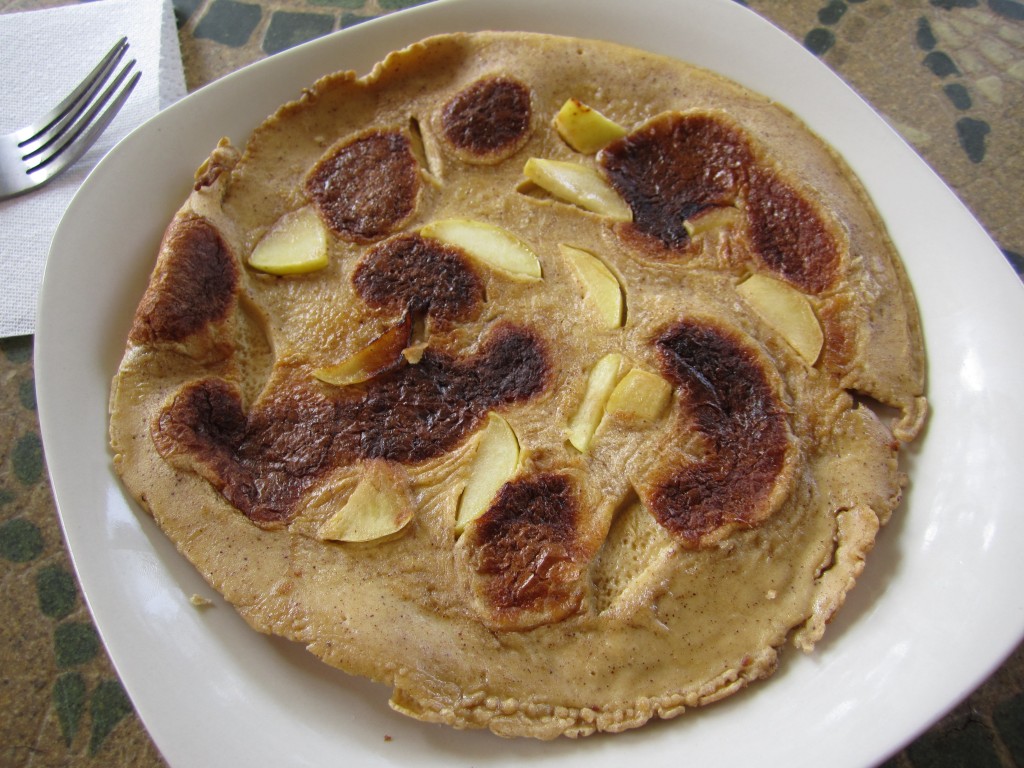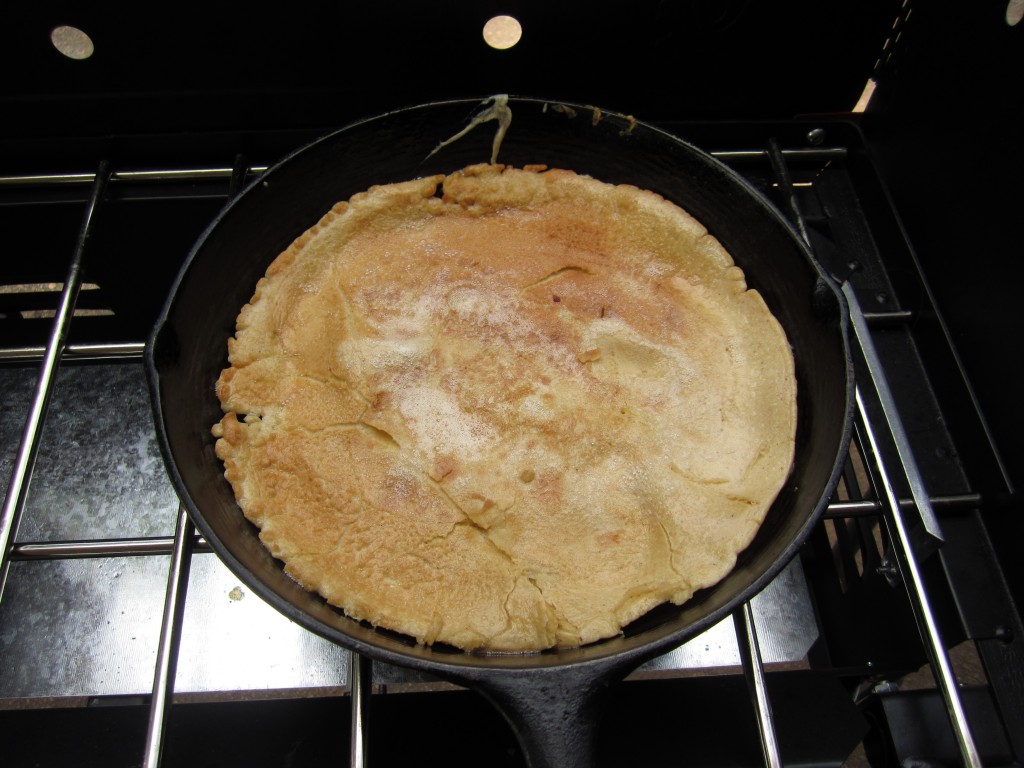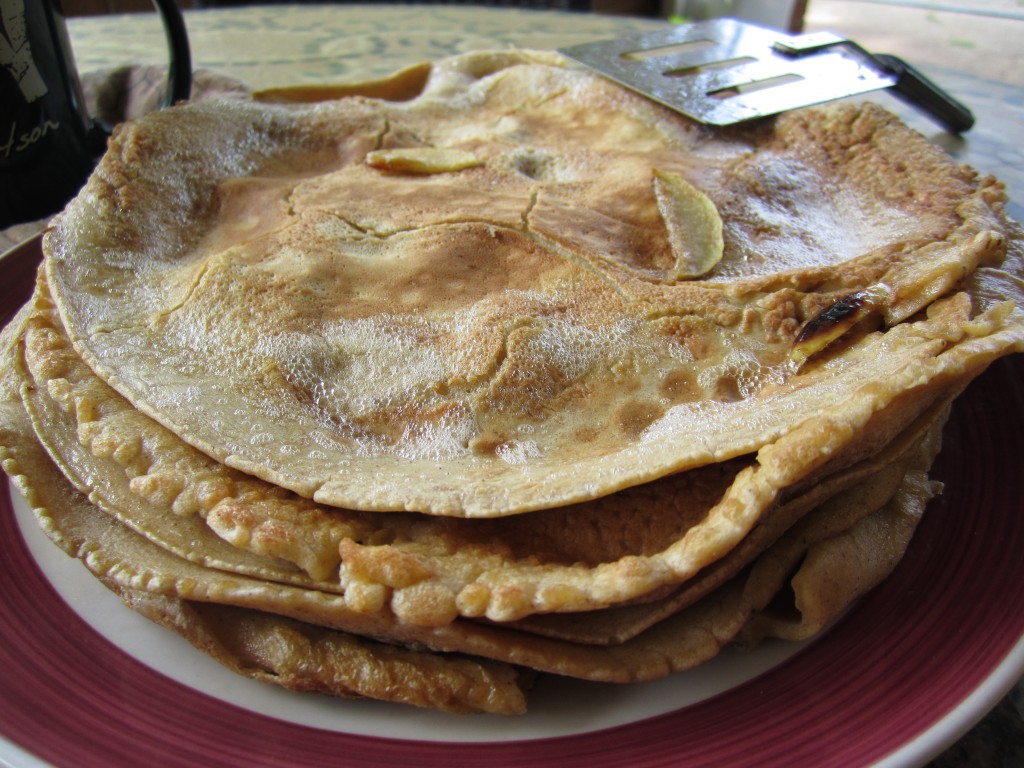The modern western diet, a diet high in carbohydrates, grains, sugar, processed foods and low in saturated fat, vegetables and fruits has many flaws, chief among them is a complete disregard for micronutirents, minerals, and vitamins. Sure, the USDA and FDA pay lip service to a select number of vitamins and minerals, but as the quality of our food has decreased, it is all but impossible for modern agriculture to supply us with even these limited nutrients. The recommendation then becomes to take supplements. The problem is, many of these supplements are completely useless, or worse, potentially harmful to your health.
Take for example calcium supplements, the standard recommendation for decades to fight bone density problems, which have been linked to increases in heart disease, breast cancer and may actually worsen bone strength. Bones are made up of more than calcium, and if you overload your body with calcium it displaces the other essential minerals in your bones, and the rest ends up in places in your body that it shouldn’t be, like your arteries. (Check out Dr. Mercola’s article on Calcium supplements and The Calcium Lie by Dr. Robert Thompson for more information.)
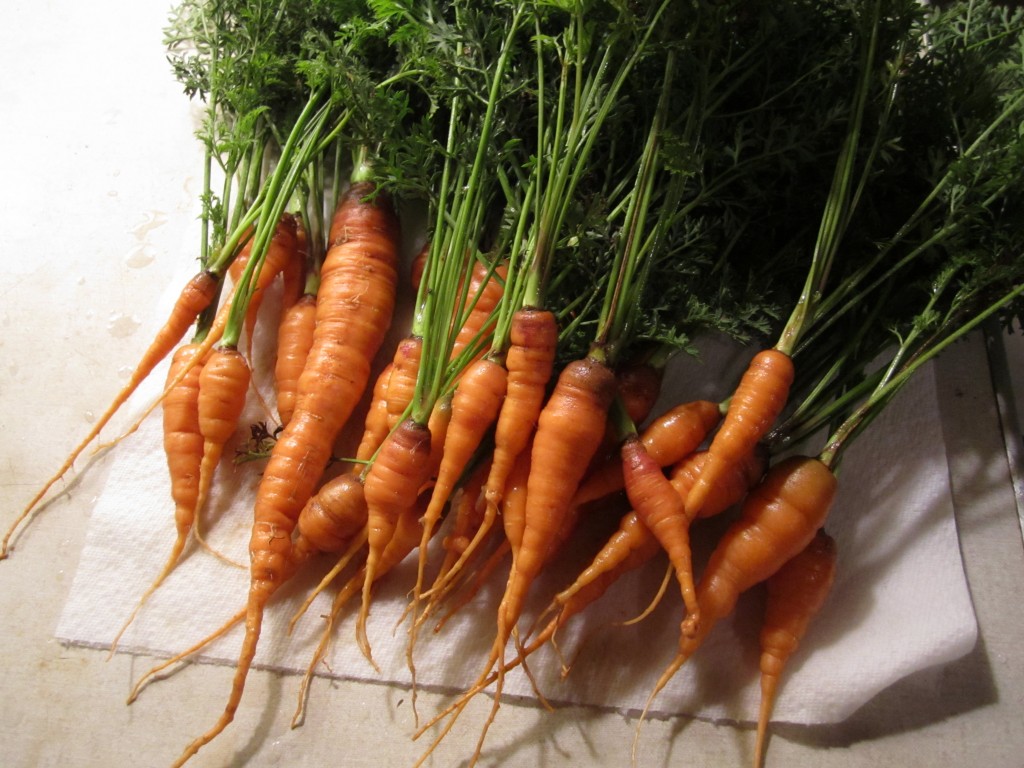
freshly picked garden carrots, a nutrient dense and delicious vegetable treat
So how do you ensure that you and your family get the nutrients you need to be healthy? By eating whole, nutrient dense foods prepared in traditionally ways. Let’s look at calcium again. Instead of a pill, you can make bone broth. Bone broth is a rich broth made from bones that have been simmered for anywhere from 4-36 hours. This extracts all of the minerals in the bone, the very minerals that make up your bones, not just calcium. Other good sources of calcium are dark leafy greens and raw milk and cheese from grass fed cows, as well as unprocessed sea salt.
The key here is to eat foods that are nutrient dense. Foods that are bursting with the nutrients and minerals necessary for health and life. Raw milk for example contains anywhere from 100-400 % more of certain vitamins and minerals than pasteurized milk. This means that for every glass of raw milk, you would need to drink 2-4 glasses of pasteurized milk to get the same amount of nutrition. If we add to that the fact that animals raised on pasture have better fatty acid, and nutrient profiles in their meat, eggs, and milk than those fed only grains, it’s easy to see that a glass of pastuerized milk from corn fed cows is not a nutrient dense food.
Grains are particularly empty foods, with very little nutrient content. When you add to this agricultural processes that have killed soil life and require the dumping of petroleum based fertilizers in order to get a yield, and a policy that a grain based diet is healthier than one based on high quality animal fats and vegetables, it’s not hard to see why America is full of overweight people suffering from nutrient deficiencies and disease. You are what you eat.
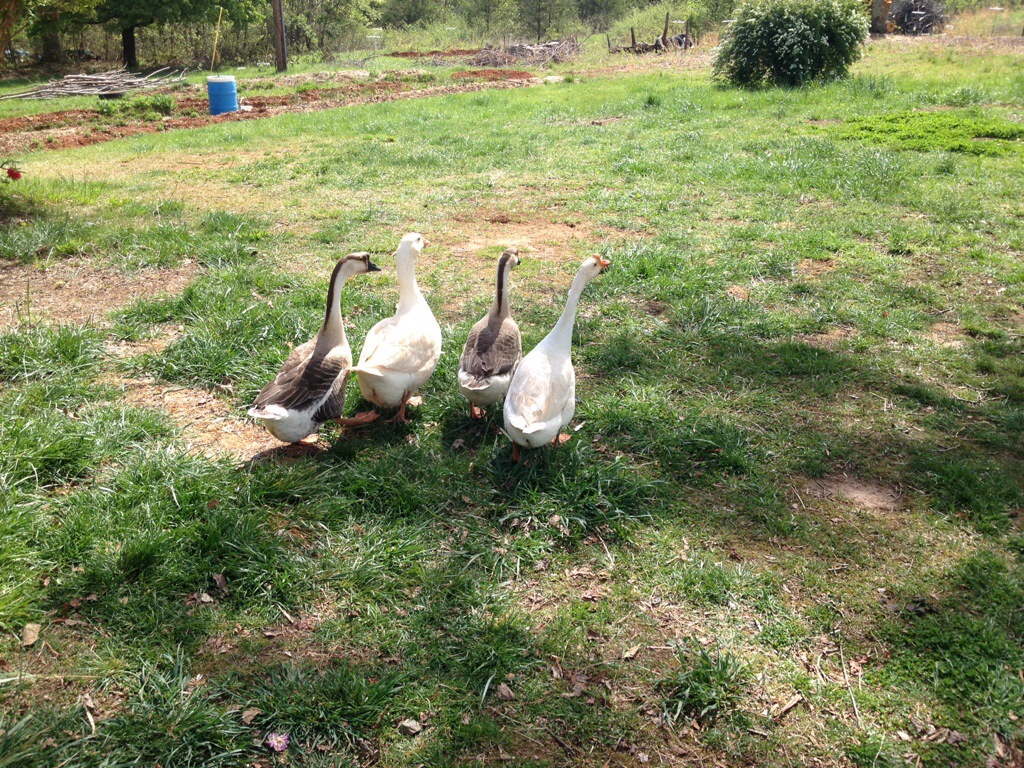
pastured animal products are more nutrient dense than those fed a diet mainly of corn and soy
We can change this by growing food in ways that restore the biology of the soil and allowing the nutrient cycles between plants, bacteria, fungi and animals to recover. This can’t be solved with more sprays, synthetic fertilizers, and tilling all of which destroy the soil structure and lead to food that is devoid of any nutrition. Compost, and compost teas in addition to tree crops and support species whose roots are able to mine nutrients from deep in the subsoil and bring them up for other crops to use. Our farms need livestock to reminaralize the soil. We need to chose foods rich in nutrition like nuts, seafood, lard, and fresh vegetables. We need to take these nutrient rich foods and eat them whole, or processed in traditional ways like fermentation and drying.
You are what you eat, and we need to eat food that was grown in healthy soil. We need to eat animal products that ate healthy plants that were grown on healthy soil. We need to start as soon as possible, and do as much as we can, even if it’s only 10% of our diet at first. Head to the farmers market and ask them how they grow their food. Are they part of agritrue, a transparency program that helps everyone know how their food was grown? Join a CSA, or start growing some of your own food, even if it’s just some herbs in a pot. It’s addictive, and soon enough you’ll be looking for other ways to garden, or even contemplating a fruit tree investment. whatever you do, keep trying to find the most nutrient dense food available, whether it’s organic produce, vegetables from your backyard, pastured eggs from your neighbor up the street, or lard from pigs rotationally grazed in a permaculture or restoration agriculture system.
Resources
The Weston A. Price Foundation – Great information on eating nutrient dense foods and how to prepare and find them
Nourishing Traditions – A great book from Sally Fallon, the co-founder of the Weston A. Price foundation, that goes into what, and how to eat, with recipes and facts that will keep you reading for hours.
Nourishing Traditions Book of Baby and Child Care – Similar to the above, but shorter, sweeter, and tailored to providing a healthy and nutritious life for children that begins before pregnancy.
Dr. Mercola – A brilliant doctor who looks past the propaganda and marketing of industry and government to find the truth about health
Agritrue – Focused on letting consumers find the best food in their area, and letting them see exactly how it’s grown.
